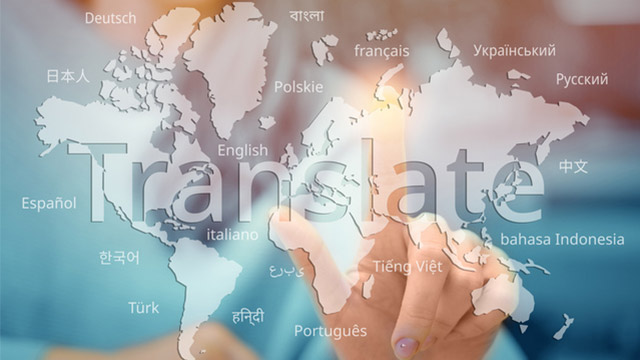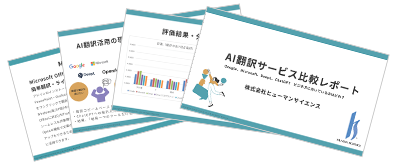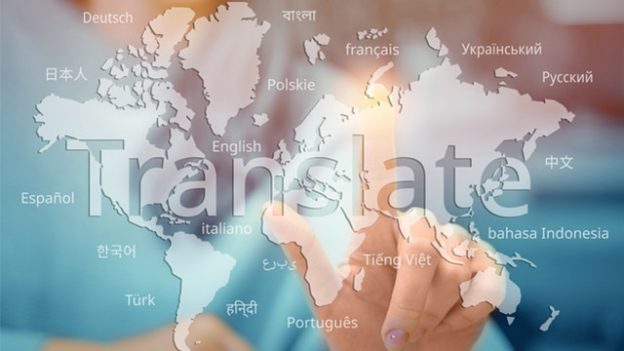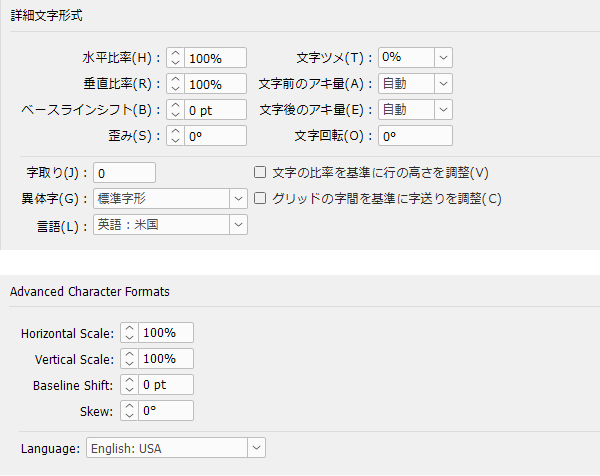
When using machine translation for documents such as user manuals and technical materials, it is important to choose the appropriate machine translation engine.
By selecting the optimal engine, you can significantly reduce the time and effort required for post-editing.
In this series, we will compare multiple machine translation engines to examine whether they can avoid style errors. In the first installment, we will verify whether the order of operations in the manual is correctly reflected in the translation.
First, in documents related to machine operations like the one below, aligning the order of the text with the sequence of operations (selecting an image → clicking the [Save] button) creates a translation that is easy for users to understand while performing the operations.
・Select the relevant image and click the [Save] button.
→〇 Select the target image and click the [Save] button.
→× Click the [Save] button after selecting the target image.
Therefore, we verified how such text is processed by machine translation using Google Translate and DeepL.
- Table of Contents

1. Verification ①
- ・Original text: To insert data, select the data row you want to delete and click the [Insert] button.
- ・Google Translate: To insert data, select the row of data you want to delete and click the Insert button.
- ・DeepL: To insert data, click the [Insert] button while selecting the data line you want to delete.
Google Translate correctly reflects the order of operations in the translation. Corrections can be made simply by placing angle brackets before and after 'Insert'.
On the other hand, while DeepL has no linguistic errors, using "while" results in the order of the translation being opposite to the sequence of operations, making the text difficult to understand.
Therefore, in this case, Google Translate meets the style standards better.
2. Verification ②
- ・Original text: After curing the adhesive for 5 minutes, align the grooves and carefully press the front and back parts together.
- ・Google Translate: After curing the adhesive for 5 minutes, align the grooves and carefully press the front and back parts.
- ・DeepL: After allowing the glue to cure for five minutes, carefully press the front and back parts together, aligning the grooves.
In this example, Google Translate correctly reflects the order of operations in the translation (align the grooves → press the front and back parts).
On the other hand, in DeepL, "aligning the grooves" is placed after "pressing the front and back parts" in a participial construction, making the order of operations unclear. Furthermore, while "..., aligning the grooves" means "while aligning the grooves," it can also be interpreted as a participial construction indicating a result, which may lead users to mistakenly interpret it as, "After curing the adhesive for 5 minutes, carefully press the front and back parts and align the grooves."
3. Verification ③
- ・In the "Workgroup" field, enter the same name as the other computers you want to share with using half-width alphanumeric characters, and click [OK].
- ・Google Translate: In the "Workgroup" field, enter the same name as the other computer you want to share in single-byte alphanumeric characters, and click [OK].
- ・DeepL: Enter the same name as the other computer you want to share in the 'Workgroup' field, and click [OK].
This example shows that the order of operations in both Google Translate and DeepL is correctly reflected in the translation (enter the name ⇒ click [OK]).
However, in the description of the procedure, it is common and easier to read to place the location of the operation ("in the 'Workgroup' field") at the beginning. There is no issue with the translation from Google Translate, but with DeepL, since "in the 'Workgroup' field" is placed after the first operation, I recommend moving it to the beginning.
*DeepL does not reflect the original text's "single-byte alphanumeric characters." This is likely because the concept of full-width and half-width characters does not exist in English, which may have caused the system not to reflect it. It is not a major issue, but as long as it exists in the original text, it is recommended to reflect it in the translation as well.
In this way, IT/FA-related translations typically follow the basic principles of technical writing. Therefore, during post-editing, it is necessary to check whether the translations generated by machine translation align with the general style of technical writing and make corrections as needed.


























